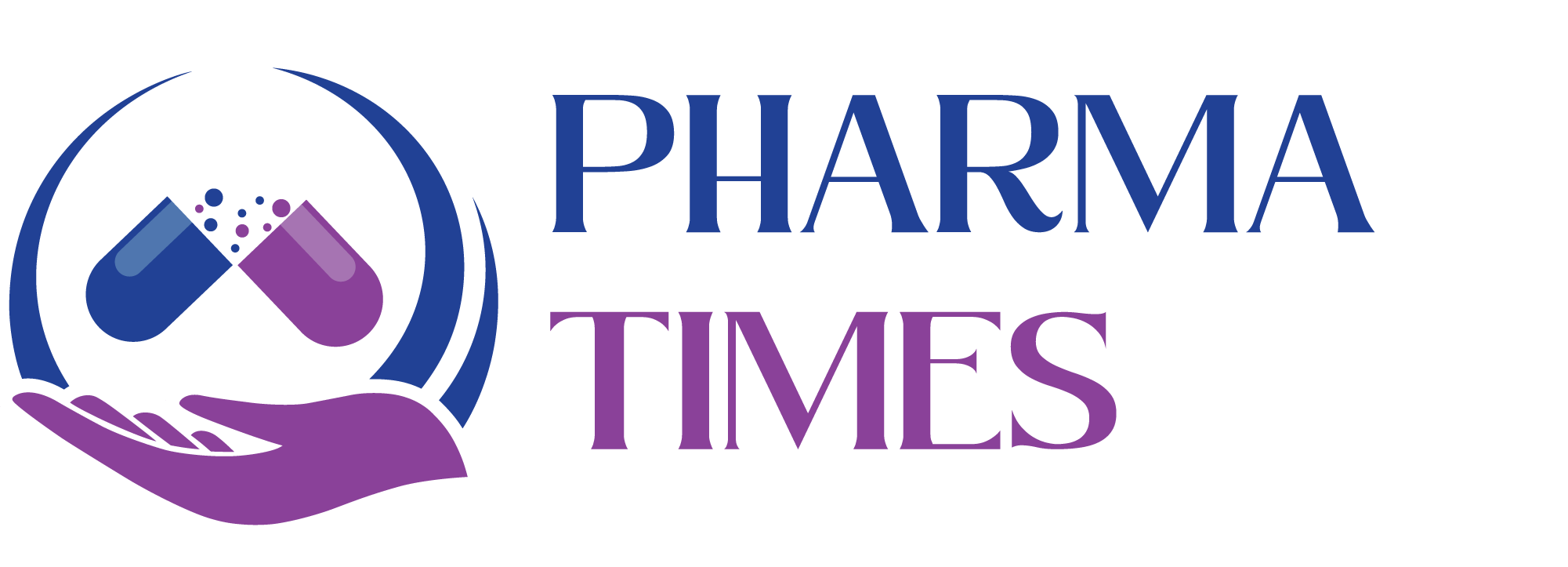SOP for Cleaning of Metrohm Karl Fisher .

Standard Operating Procedure (SOP)
1. Purpose
This SOP defines the procedure for the proper cleaning and maintenance of the Metrohm Karl Fischer Titrator to ensure accurate moisture analysis, prevent contamination, and extend the instrument’s life.
2. Scope
This SOP applies to all personnel who operate or maintain the Metrohm Karl Fischer Titrator in [Department/Organization Name].
3. Responsibilities
-
Lab Technicians/Operators: Responsible for cleaning the instrument as per this SOP after each use and during routine maintenance.
-
Lab Manager/Supervisor: Ensure compliance with this SOP and schedule regular maintenance checks.
-
Maintenance Personnel: Perform deeper cleaning and maintenance as required, including calibration and part replacement.
4. Definitions
-
Karl Fischer Titrator: An instrument used for precise measurement of moisture content in various samples using the Karl Fischer titration method.
5. Materials and Equipment
-
Distilled or deionized water
-
Cleaning solvent (e.g., isopropyl alcohol, acetonitrile)
-
Soft lint-free cloth or wipes
-
Clean beakers or containers
-
Metrohm-approved cleaning solution for Karl Fischer titrators
-
Gloves (disposable)
-
Protective eyewear
-
Analytical-grade chemicals for titration
6. Procedure
6.1 Preparation
-
Ensure the titrator is powered off and disconnected from power sources.
-
Put on appropriate personal protective equipment (PPE), including gloves and protective eyewear.
-
Prepare necessary cleaning solutions such as distilled water and an appropriate solvent.
-
Have lint-free wipes or cloths ready.
6.2 Cleaning the Electrode
6.2.1 Removal
-
Carefully remove the Karl Fischer electrode from the titration cell, following manufacturer instructions.
-
Use clean gloves to avoid contamination of the electrode surface.
6.2.2 Rinsing
-
Rinse the electrode with distilled or deionized water.
-
Use an approved cleaning solution if necessary, depending on contamination. Avoid harsh chemicals that could damage the electrode.
6.2.3 Drying
-
Gently blot the electrode with a soft lint-free cloth. Do not rub, as this can damage the delicate electrode.
-
Allow it to air dry completely in a clean environment before reinstallation.
6.3 Cleaning the Titration Cell
6.3.1 Emptying the Cell
-
Remove any remaining sample solution or titrant from the titration cell.
-
Discard waste according to lab safety protocols.
6.3.2 Rinsing
-
Thoroughly rinse the cell with distilled or deionized water.
-
Use a small amount of isopropyl alcohol or acetonitrile if there is any remaining residue.
6.3.3 Drying
-
Wipe the exterior of the titration cell with a lint-free cloth. Allow the inside to air dry fully before the next use.
-
If required, rinse again with distilled water to ensure the absence of any solvent residues.
6.4 Cleaning the Sample Introduction Area
-
Ensure that the sample introduction area (such as the sample compartment or chamber) is free of any chemicals or sample remnants.
-
Wipe the area with a clean, dry cloth, followed by a damp cloth if necessary.
-
Avoid using harsh solvents that could damage the instrument.
6.5 Cleaning the Titrator Exterior
-
Wipe the exterior of the titrator with a soft, lint-free cloth dampened with water or a mild detergent solution.
-
Do not allow liquids to enter the instrument’s internal components.
6.6 Post-Cleaning Check
-
Verify that all parts are dry and free from contamination before reassembling the instrument.
-
Check the electrode, titration cell, and sample introduction area for any signs of damage or wear.
-
Ensure that all components are properly reinstalled and securely fastened.
6.7 Record Keeping
-
Log the cleaning procedure in the laboratory logbook, noting the date, operator name, and any maintenance or issues encountered during cleaning.
-
Record the date of the next planned cleaning or maintenance.
7. Safety Precautions
-
Always use gloves, goggles, and lab coats to protect against chemicals and solvents.
-
Dispose of used solvents and samples in designated waste containers according to lab protocols.
-
Follow all Metrohm-specific safety guidelines and recommendations.
8. Frequency
-
Perform basic cleaning after every use of the Karl Fischer Titrator.
-
Conduct deep cleaning and maintenance as per the manufacturer’s recommended schedule (e.g., monthly or quarterly).
9. Troubleshooting
-
Issue: Titration results are inconsistent.
Solution: Check electrode for contamination or damage; ensure titration cell is clean and free of residue. -
Issue: Titrator fails to reach endpoint.
Solution: Verify the cleanliness of the titration cell and ensure the solvent or reagent is fresh.
10. References
-
Metrohm Karl Fischer Titrator User Manual
-
Manufacturer’s Cleaning Instructions
-
Internal Quality Assurance and Safety Protocols
🎓 Discover one of the best Quality Assurance courses available — click below to explore the course that’s shaping future QA skills.https://trcjw.on-app.in/app/oc/306166/trcjw

